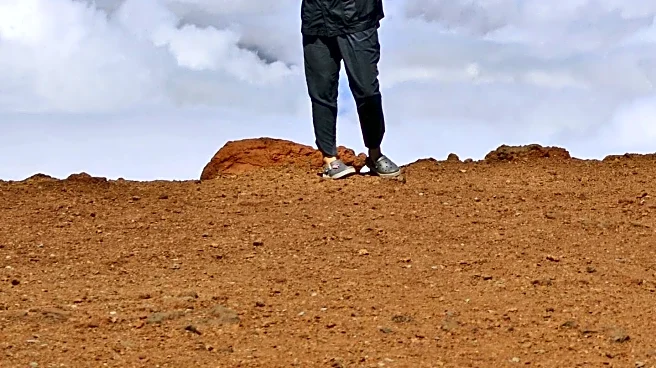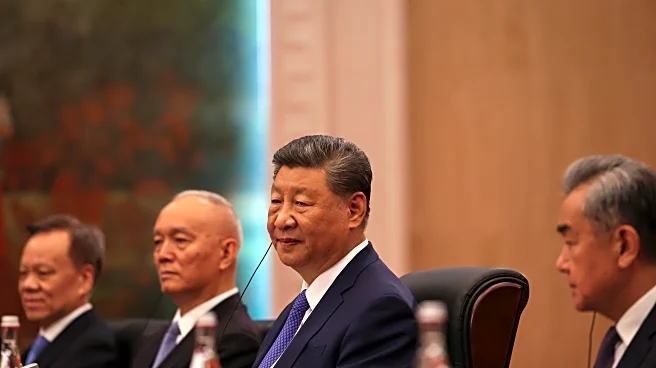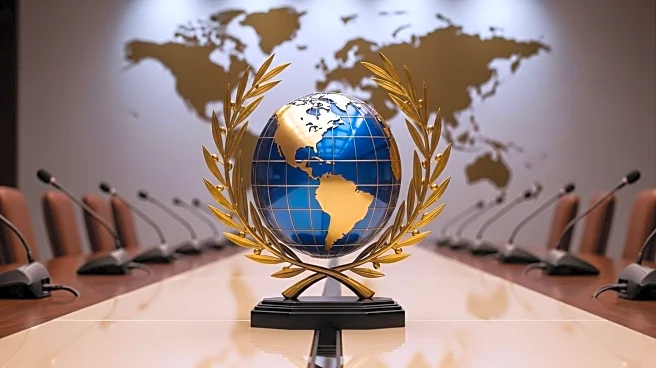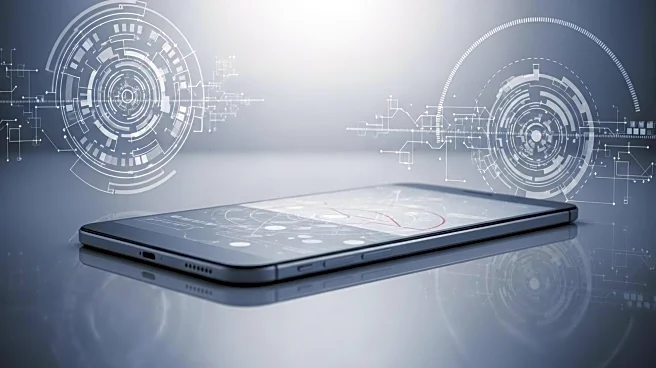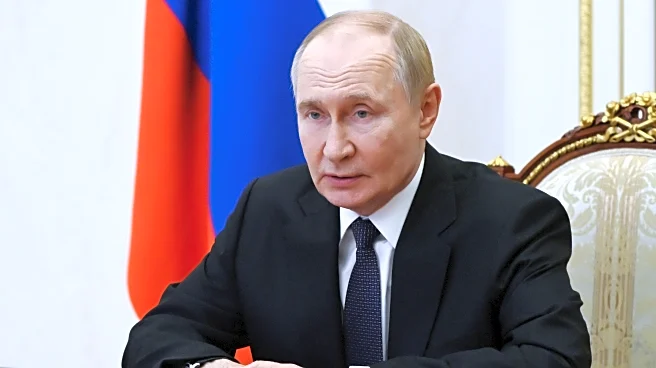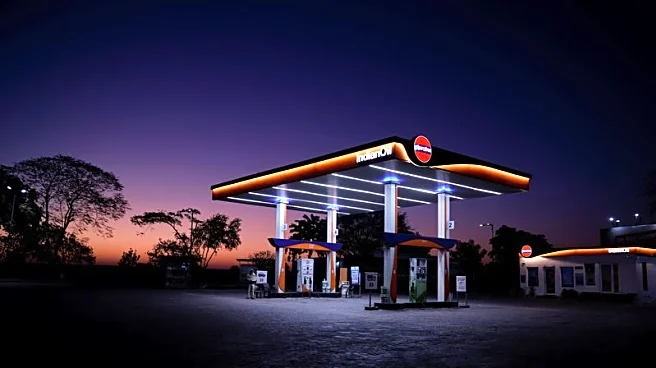What's Happening?
Recent surveys have highlighted the ongoing global issue of dangerous selfies, with India and the United States ranking among the top countries for selfie-related injuries and deaths. According to a report by the Barber Law Firm, India accounted for 42% of the total 271 cases of selfie-related incidents from March 2014 to May 2025, while the U.S. ranked second with 45 cases. The report indicates that the most common danger zones for selfies include heights such as waterfalls, rooftops, bridges, and cliffs. Additionally, a study by Carnegie Mellon University and the Indraprastha Institute of Technology in New Delhi found that men are predominantly involved in these incidents, with three out of four selfie-related deaths involving male individuals. The phenomenon, often referred to as 'killfies,' is driven by the pursuit of online validation and fame, sometimes leading individuals to take extreme risks for dramatic photos.
Why It's Important?
The prevalence of dangerous selfies poses significant safety concerns, not only for individuals but also for public safety at large. The trend reflects a broader societal issue where the desire for social media recognition can override personal safety and judgment. This has implications for public policy and law enforcement, particularly in managing large gatherings where selfie-taking can lead to accidents or even stampedes. The findings underscore the need for increased public awareness and potentially stricter regulations to mitigate risks associated with this behavior. The impact is felt across various sectors, including tourism, where safety advisories may need to be enhanced to protect both locals and tourists from engaging in risky activities.
What's Next?
Authorities in countries like India are taking steps to address the issue by identifying high-risk zones and implementing public awareness campaigns. In some cases, such as large public gatherings, selfies have been banned to prevent accidents. Law enforcement agencies may continue to explore technological solutions, such as apps that warn users of dangerous areas, to further reduce the incidence of selfie-related injuries and deaths. Additionally, social media platforms could play a role in discouraging dangerous behavior by regulating content that promotes risky selfies.
Beyond the Headlines
The trend of dangerous selfies raises ethical questions about the role of social media in influencing behavior and the responsibility of platforms in curbing harmful trends. It also highlights cultural dimensions, as the pursuit of online fame can lead to life-threatening situations. The phenomenon may prompt discussions on digital literacy and the psychological impact of social media on individuals, particularly among younger demographics who are more susceptible to peer pressure and the allure of internet fame.
